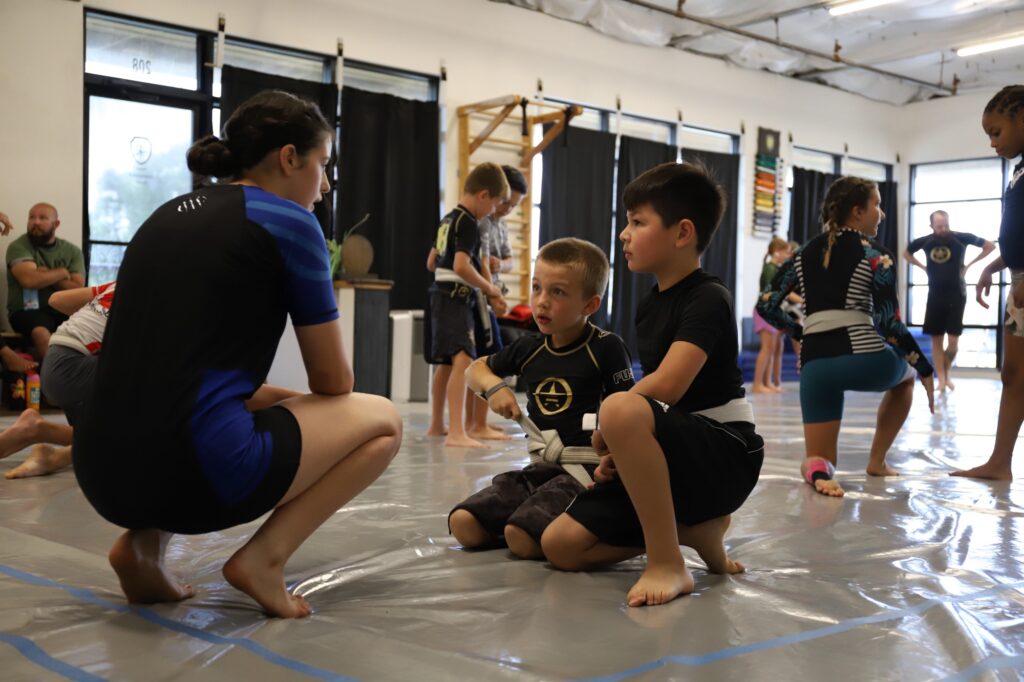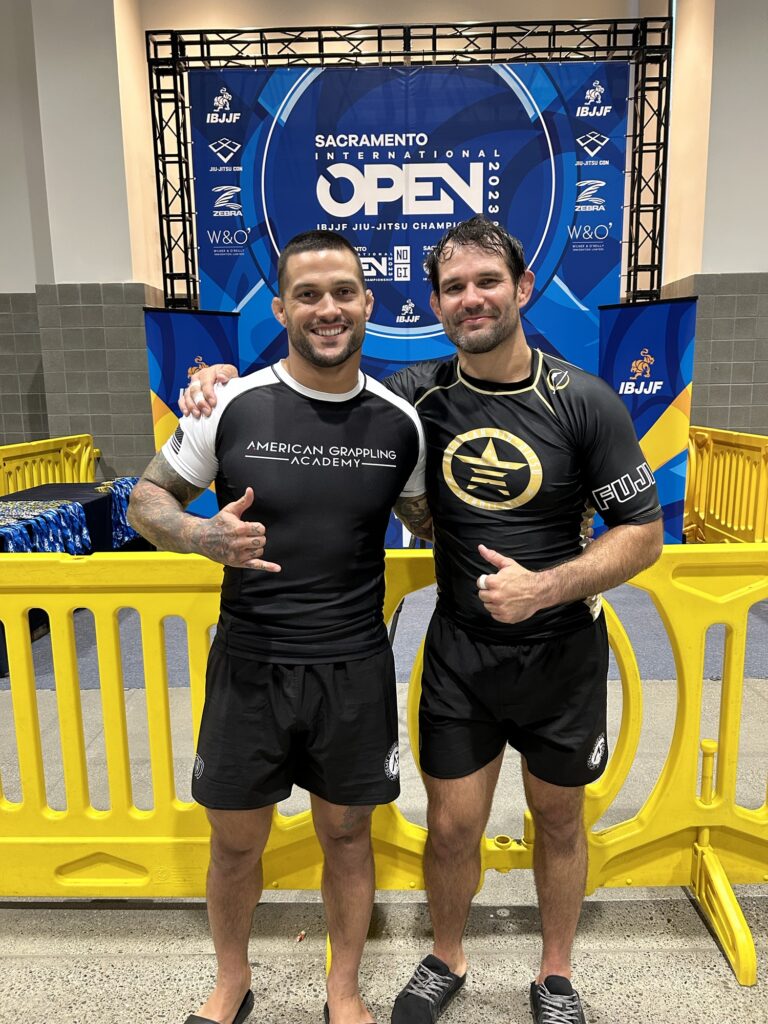In Jiu Jitsu, success isn’t just about training hard—it’s about training smart. Many practitioners fall into the trap of thinking that every session needs to be a battle, pushing themselves to the limit every time they step on the mat. While intensity has its place, understanding training cycles, varying your intensity, and incorporating structured drilling and resets can lead to greater long-term progress.
At El Dorado Hills Jiu Jitsu, we emphasize a balanced training approach that helps students avoid burnout, reduce injuries, and maximize technical growth. Here’s how you can build an effective training routine that prioritizes consistency, technique, and strategic intensity.
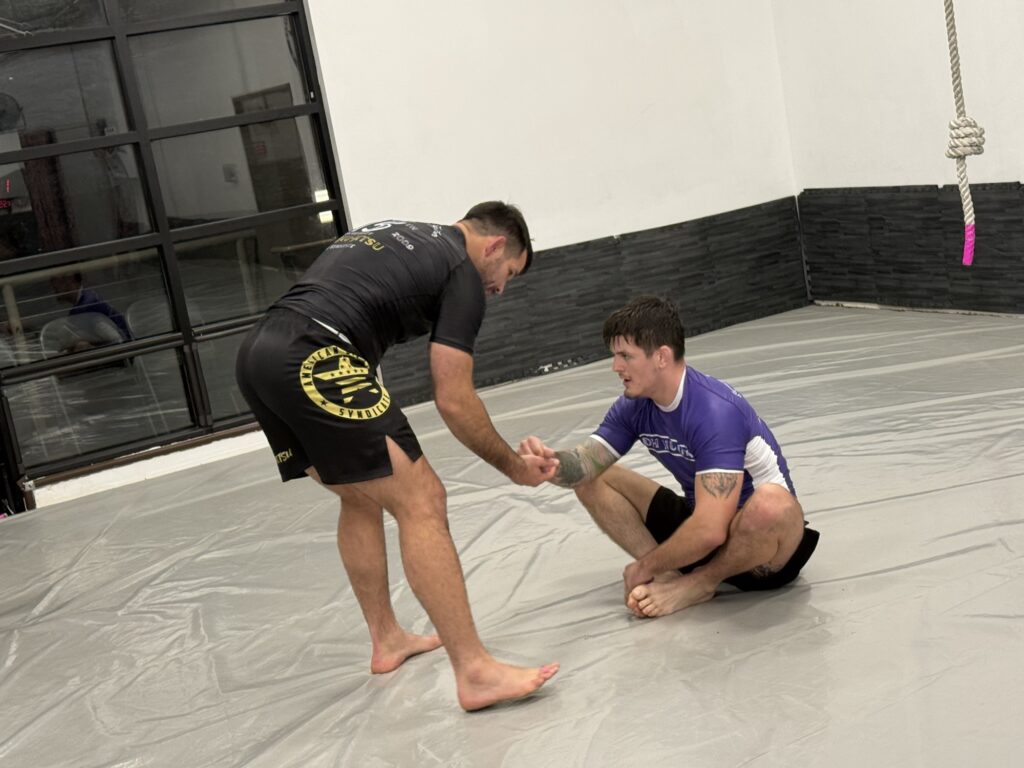
The Importance of Training Cycles
Your Jiu Jitsu journey should follow a structured training cycle rather than a constant grind. Training cycles help you manage fatigue, skill acquisition, and peak performance by incorporating different phases:
- High-Intensity Training (Competition Prep Phase) – This phase includes hard sparring, increased live rounds, and conditioning work. It’s great for preparing for tournaments but should be used sparingly to avoid overtraining.
- Technical Development (Skill-Building Phase) – Focuses on drilling new techniques, positional sparring, and refining weak areas without excessive fatigue.
- Recovery and Reset (Deload Phase) – A lighter training period that allows the body to recover while reinforcing movements through flow rolling and technical drilling.
By cycling through these phases, you’ll improve both physical endurance and technical sharpness, preventing plateaus in your progress.
Varying Intensity: Not Every Round Needs to Be a War
One of the biggest mistakes in Jiu Jitsu is training at maximum intensity every day. While hard sparring has benefits, constant high-intensity rounds can lead to:
- Injuries that slow progress
- Burnout and mental fatigue
- Technical stagnation due to over-reliance on physical attributes
Instead, learn to vary your intensity:
- High Intensity (70-100%) – Use these sparingly, particularly when preparing for competition.
- Moderate intensity(50-70%) – Focus on positional control and execution of new techniques.
- Low intensity (20-50%) – Light, controlled rolls that emphasize movement, transitions, and creativity.
Knowing when to push hard and when to train efficiently is key to longevity in Jiu Jitsu.
The Power of Drilling and Positional Training
Drilling is often overlooked in favor of live rolling, but structured repetitions build muscle memory and allow techniques to become second nature. A strong training routine includes:
- Repetitive Drilling – Practicing techniques with minimal resistance to develop precision.
- Active Drilling – Applying techniques with moderate resistance to simulate real application.
- Positional Sparring – Isolating a specific position (such as side control escapes or guard retention) to improve reactions and problem-solving.
At El Dorado Hills Jiu Jitsu, we emphasize positional training as a core part of our curriculum, ensuring students can apply their skills in real scenarios.
The Role of Resets and Recovery in Jiu Jitsu
Jiu Jitsu is a marathon, not a sprint. Just as important as training hard is knowing when to reset and recover.
How to Reset Effectively:
- Take a Step Back – If you feel overwhelmed or stuck in your game, return to fundamentals.
- Rest and Recover – Allow time for proper sleep, mobility work, and lighter training days.
- Mindset Shift – Instead of feeling frustrated by plateaus, use them as learning opportunities.
Consistent progress comes from balancing training intensity with strategic resets, allowing for both mental and physical recovery.
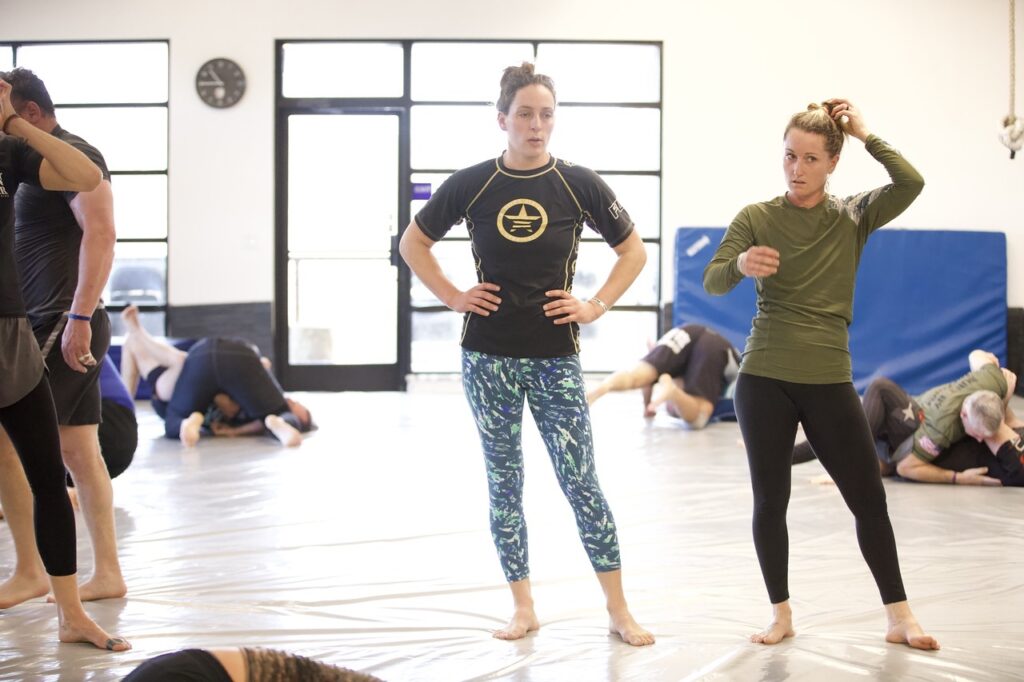
Building a Sustainable Training Routine
The key to long-term success in Jiu Jitsu is consistency. A well-structured routine includes:




By following a structured training plan instead of just training hard every day, you’ll see continuous improvement while staying injury-free.
Train Smart at El Dorado Hills Jiu Jitsu
At El Dorado Hills Jiu Jitsu, we focus on smart, sustainable training methods that help students build skill, strength, and longevity on the mat. Whether you’re a competitor or a casual practitioner, our structured approach ensures that you continue improving without unnecessary setbacks.
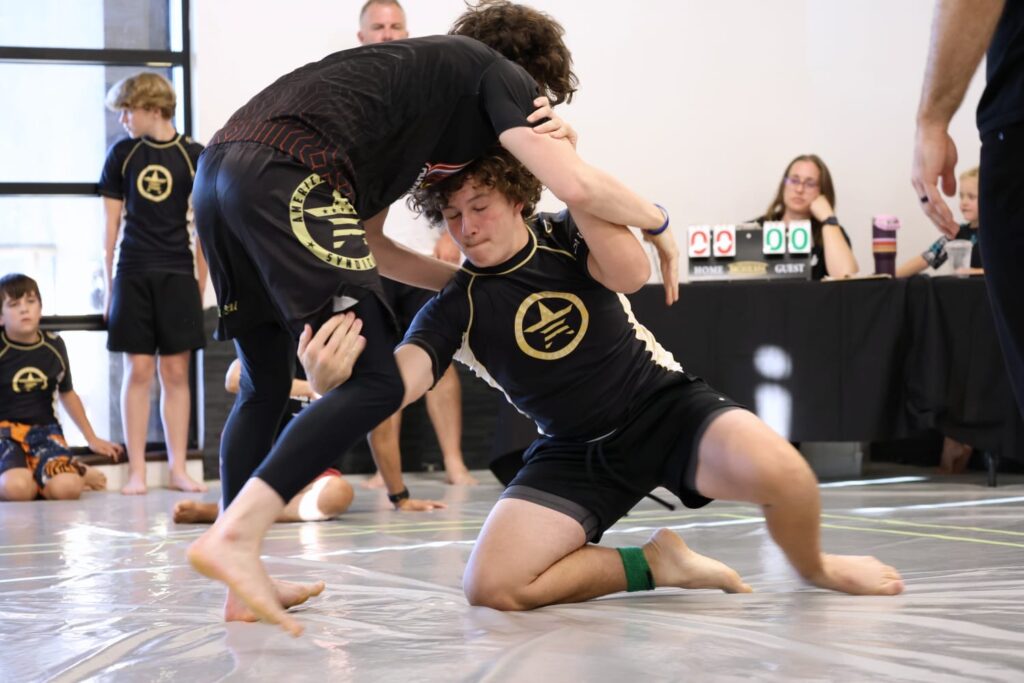
Ready to train smart and improve your Jiu Jitsu? Come try a class today and experience the difference!



Let’s build a strong, balanced, and effective Jiu Jitsu routine together!

